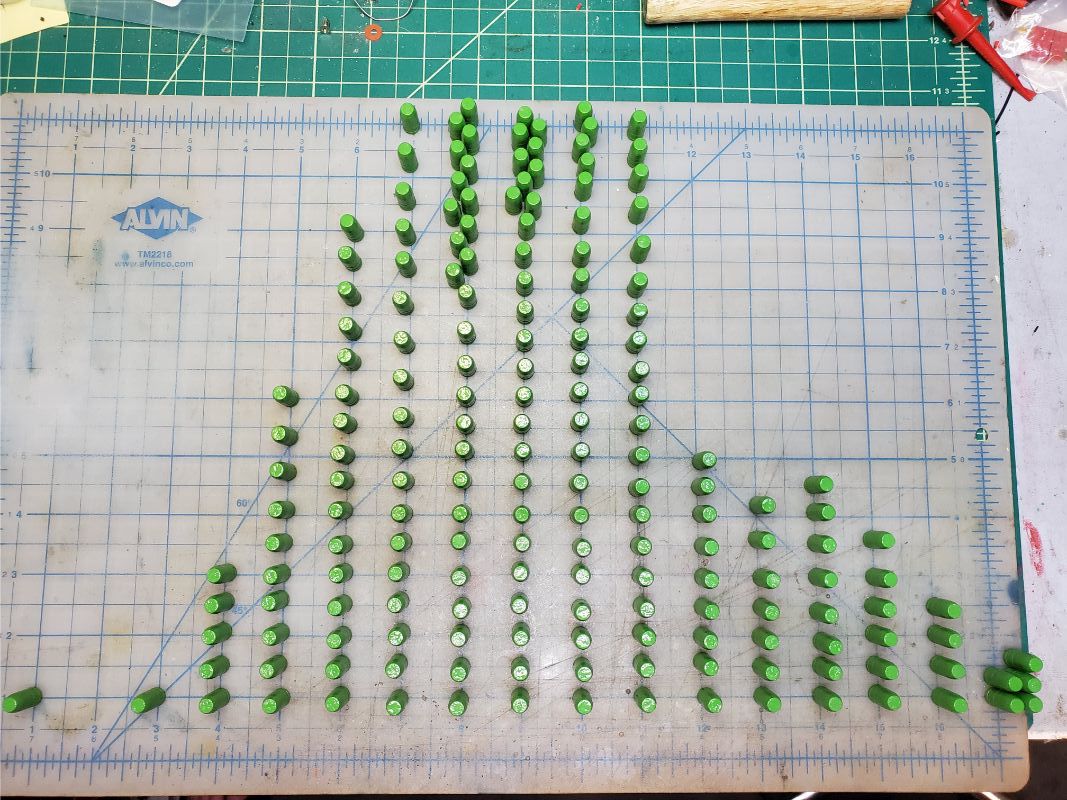I did the weight each bullet thing for a time. I tried a few different way so of doing it. What I came up with for an opinion was that if you cull visually and are pretty ruthless about it, if you size and GC (if applied) consistently and squarely, if you lube evenly and consistently, if you load with minimum run out/OAL variation and check for bullet distortion from the seating die, if your crimp/neck tension is consistent and not distorting the bullet, if your bullet fits the throat as much as possible and if you are as close to absolutely consistent in hold and technique for every shot then you will see the best that bullet can do in that gun with that load. If I was a world or nationally ranked shooter at Camp Perry or something, or shooting cast at extended ranges, then I might be weighing. As it is, there are so many other variations in the mix besides weight that I question the time factor vs results factor. Say you have a range of bullets that are .2 gr less than another group. Okay, why are they .2 less? As Ian pointed out, is it a matter of a band not filling entirely or inconsistent "squeeze" on the handles, is it a mould variation or is it an internal void? If it is a void, where is it? If the void is way back at the rear and pretty much centered then that's going to be a different animal than void near the outside surface well up the nose. And I would never, ever even begin to weigh sort bullets from a Lee 6 banger! Not unless I was segregating them by cavity. I love the Lee 6 cavs, but let's face it- the "precision" in Lee Precision meets a slightly different level than some might think. If you want ultimate accuracy you aren't going to be using a multi cavity mould, I don't care who makes it. You want that kind of consistency where you're quibbling over .2 gr in a 170gr bullet it's going to be from just one cavity of a mould, not 1 of 6!
These are just observations from a faceless guy off the internet. If you want more scientific data, look in the back issues of Handloader or the Fouling Shot or some of the long range black powder journals. There have been studies done that will give you more information, but the sum total comes out about the same as the opinions stated in this thread.

